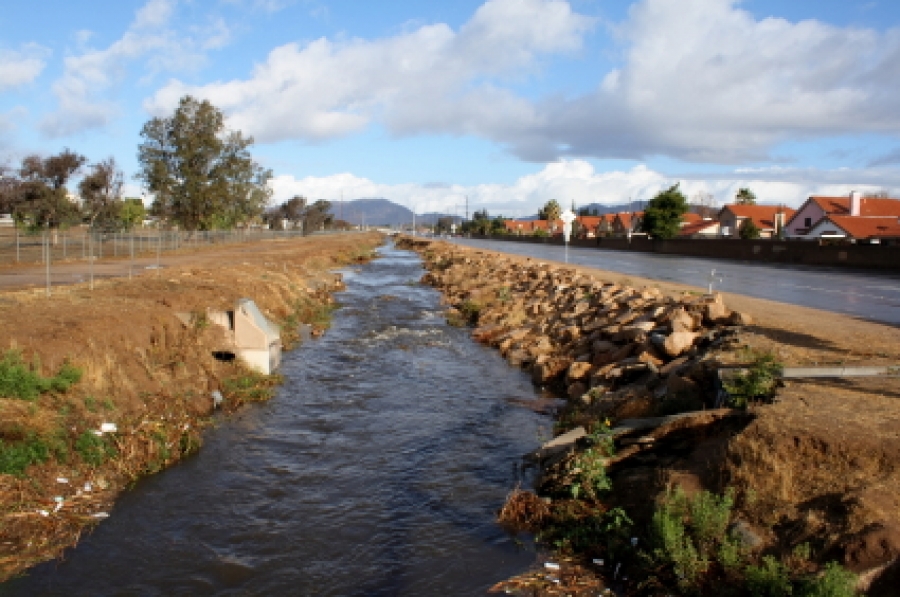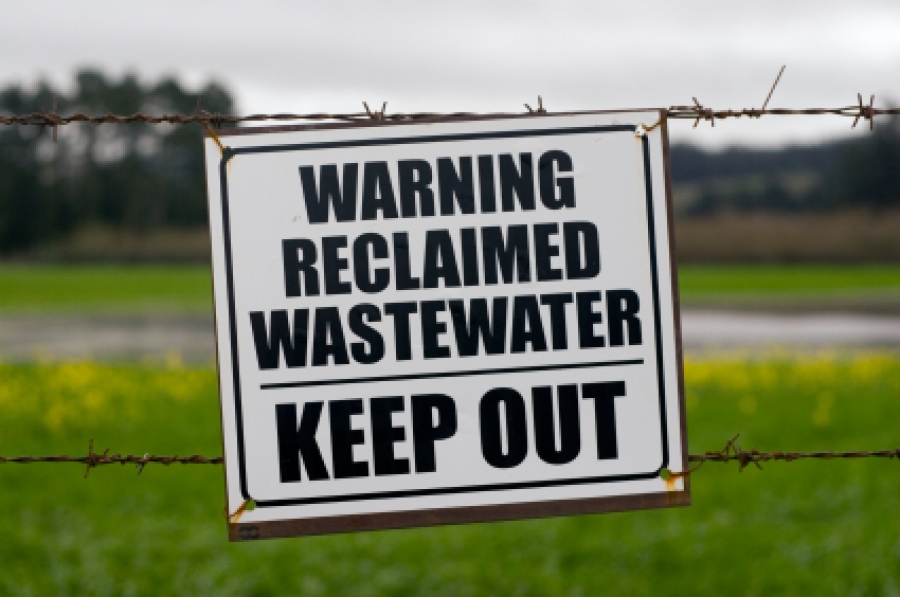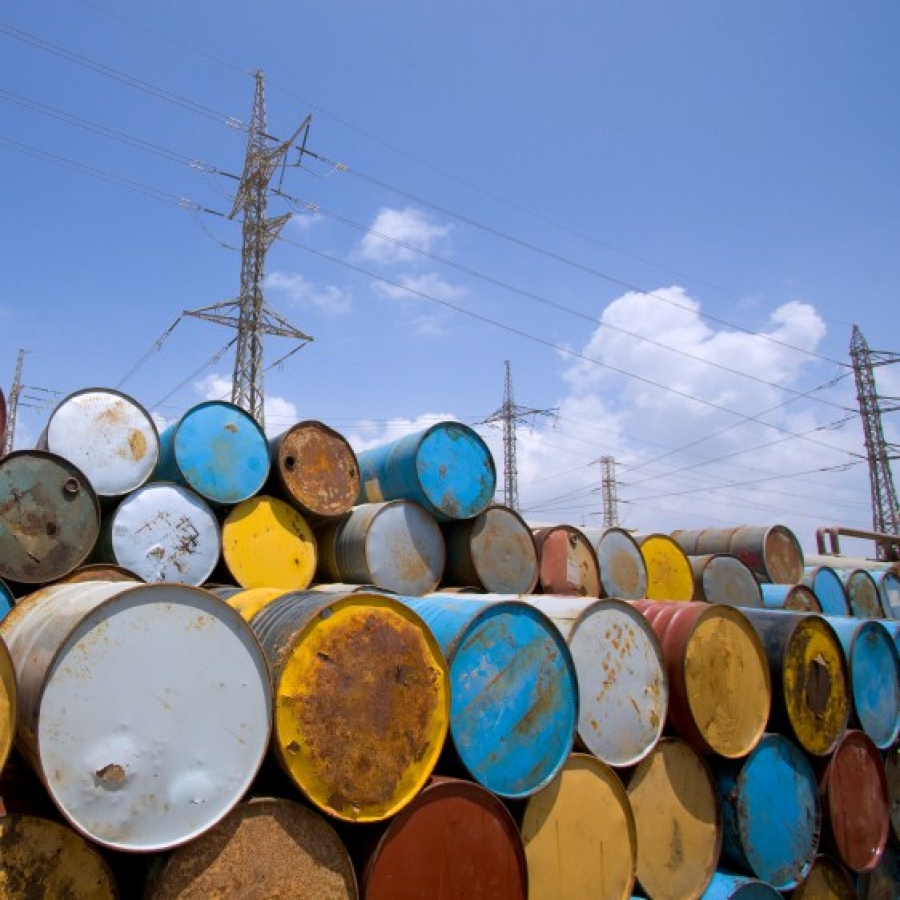U.S. Infrastructure: Small Flood Control
The American Society of Civil Engineers (ASCE) includes Levees on its 2009 Report Card for America's Infrastructure, giving them a D–. The category of "Levees" covers major flood control works. However, what about the water that causes the flooding that levees protect against? Throughout drainage basins comprising thousands of square miles, stormwater runoff makes its way downstream. Obviously some systems convey that stormwater and even control it. ASCE says nothing about these storm sewer systems, but they form a vital part of America's infrastructure.

Storm sewer systems, usually linked to improved ditches or canals, have been around for a long time. Every city, town, and village requires a stormwater removal system. In fact, there are more drainage systems than there are drinking water and sanitary sewer systems. Underground piping is the workhorse of these. Some time ago, especially in the 1980s, the need to control the peak rate at which water ran off was recognized, and the practice of distributed detention begun, accelerating as a municipal practice in the 1990s. Thousands of small detention ponds were built. Most often these detention ponds were turned over to the municipality to own and maintain, but many remained in private hands.
The fact that ASCE does not grade our drainage infrastructure and does not even recognize it as an infrastructural component means what? That it is in such good shape that it attracts no attention? That its diverse nature makes it difficult to inventory and thus to quantify and evaluate? Or possibly that in most places it is not categorized as a utility, hence grading it becomes difficult? Or that the combination of public and private ownership of our drainage infrastructure makes grading difficult?
Anyone who listens to local news knows that flooding occurs. Major flooding of areas protected by levees draws the attention of national media, but more frequent is flooding of smaller areas. The flooding in New England in recent years, as well as that in Nashville, is an example of smaller flooding. Another example is a flash flood in Arkansas that killed several people in 2010. Hundreds of flash floods occur each year. Did the stormwater removal system fail in these cases? Was the storm larger than the design conditions upon which the storm sewers and detention ponds were designed? Or did the small-scale detention systems perform as intended and delay the peak flow but fail to reduce the total flow?
Detention ponds are built to reduce the peak flow to storm sewer systems but not to reduce the total amount of flow. A half-acre pond in the Mississippi River basin will help the municipality to reduce peak flow from a new development. What happens when it is joined with thousands of other such detention ponds to a levee system in Louisiana?
“We need the detention ponds to help us have a drainage system at reasonable cost,” says Lorene Burns, Planning Director and Floodplain Administrator for the City of Centerton, Arkansas. “This system also helps us with floodplain management. On one recent floodplain project we took 17 detention ponds into account in the calculations and reduced the base flood by a third. This took many homes out of the floodplain, saving the homeowners on flood insurance.”
So detention ponds are needed at the municipal level. They do the job they are designed to do. They work in sync with storm sewers and ditches, but they may not do much for major levees downstream. Recent trends in site and municipal stormwater design are favoring low-impact development (LID) over stormwater detention. LID controls not only the peak flow rate but also the total flow released during the storm, thus better mimicking the conditions before any development took place.
Whether discussing stormwater distributed detention or LID, it is still infrastructure related to downstream levees -- something that ASCE should consider adding to its infrastructure report card.

David A. Todd
A senior engineer and corporate trainer of engineering for CEI Engineering Associates, Inc. David has 36 years of experience as a consulting civil engineer. His experience includes water, wastewater, stormwater, roads, and solid waste infrastructure. For much of the last 20 years he has been involved with stormwater issues. Specifications and construction administration have been a specialty of his within civil consulting engineering . He has BS and MS degrees in Civil Engineering, is a registered engineer in four states, and a Certified Professional in Erosion and Sediment Control.


